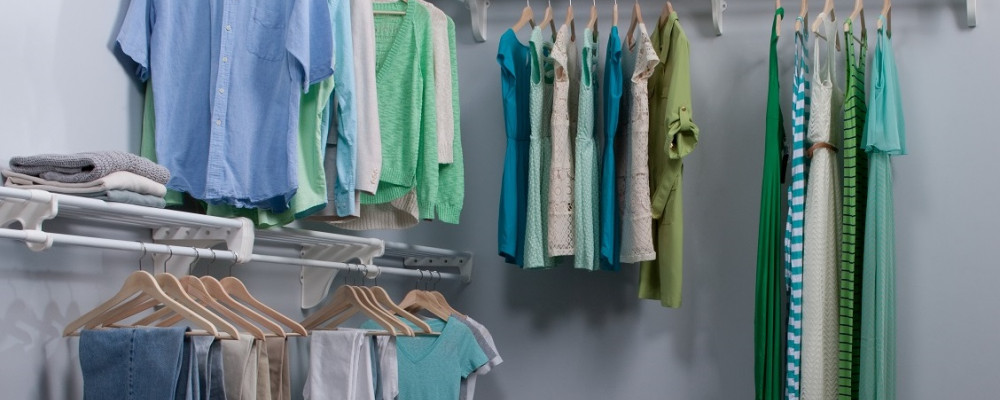
How To Sell Your Designs
In order to succeed in business, you will need to sell your products, and sell them well. But does having to sell your products fill you with fear? Do you continually put it off and struggle to find the motivation? You're not alone. But selling can be fun, invigorating and rewarding!
It's really important to keep motivated when you are selling. This is particularly important as you'll soon find that it's easy to keep motivated when sales are going well! When things aren't going so well, it can become incredibly difficult to get motivated. So what you need, is a motivation trick to keep you going!
So what's the secret? Here are some ideas that will making selling your designs that much easier
How to sell your designs #Design #Sell #Advice

How to Get Motivated
It's really important to keep motivated when you are selling. This is particularly important as you'll soon find that it's easy to keep motivated when sales are going well! When things aren't going so well, it can become incredibly difficult to get motivated. So what you need, is a motivation trick to keep you going!
Brainstorm some ideas that will motivate you. Do you have a secret stash of delicious cookies? How about rewarding yourself with a biscuit with every sale! Are you a caffeine addict? Try refusing yourself coffee until you’ve completed fifty calls. How about a reward of your favourite guilty pleasure after two hours of hard graft? Or even a walk in the park! You will be the best judge of what will motivate you, but something lighthearted, that you wouldn't usually allow yourself - a real treat!
The Principles of Selling
Being able to sell your designs is a totally different skill from creating the design itself. First, you need to completely understand who you are selling to. How do you find out about anyone in life? You ask questions! Find out everything about them - what they need, what motivates them, what makes them look good to their peers. When you ask all the questions, you are controlling the direction of the conversation. Surprisingly, you'll soon find that sales is all about asking questions and actively listening and very little about talking.
You'll find that you will naturally tailor your sell to their needs, and talk directly about how the benefits of your design relates to their situation – whether that be personal, professional, or a little bit of both.
Be Positive
A good sales person is always optimistic. Being realistic can often be detrimental. Sales people have to have a mindset that a small grin from a customer is as good as a written deal. Positivity also translates to your pitch - a positive, smily person feels more trustworthy and relaxed. Don't you prefer to buy from, and even sit with someone who is happy, than someone who seems rigid, nervous or just plain grumpy? You will naturally become a better salesperson with a smile on your face!
Identify Your Goals
Before you start, have an idea of what you'd like to achieve. Make it realistic and bite-size. Cross them off as you go through. This will keep you focused on the task at hand, and stop you from that ever-present procrastination. Besides, there's nothing more satisfying than crossing off lists!
Here's a great tip: Rather than setting YES-oriented goals (e.g. close 7 accounts this week), set a goal for how many NO's you will receive. This may seem a bit negative, but this is ideal if rejection terrifies you: You'll start to expect and handle the nasties. More importantly, if you have some data on your conversion rate and your average commission per sale, you can determine with high accuracy the number of NO's you'll need to shoot for to achieve your target.
Learning On The Job

Regardless how long you have been creating new designs and selling them, there is always something new that you can learn – and those tips will help push you ahead of the crowd. For example, if you let the customer do around 90% of the talking, you will often find that they talk themselves into the sale!
Another good idea is to have a structure to the conversation. Jot down a couple of bullet points to help you guide the conversation. This will not only help fill any awkward silences, but also ensure that the conversation doesn’t go off topic and avoid the crucial selling pitch.
Knowledge is Key
People trust experts, because we inherently want the best. And when you talk to an expert, you are getting the best advice possible for that area. So, convince your buyer that you are the expert that they should trust - without stating it outright! This is actually a lot easier than you would think; just talk enthusiastically about your design! You will naturally begin to use terminology that is specific to your design, relate the design to the current trends, and exude knowledge and passion for your product - and that's an irresistible combination to a customer.
Convince them that you are the expert that they should trust. #Design #Sell

Value Time
Whether it is your time or your customer's time, time really is money. Get your pitch down to a fine art and under ten minutes. And learn how to leave the conversation with a call to action: Will you call them back, will you send them an order form?
Even more essential than this, make sure that the very first thing you say to someone will clinch them - perfect a ten second introduction mini pitch. You may think that you can do it, but try – it is harder than you think! By getting this down, you can at least be safe in the knowledge that you've made the most of that all important first moment with your potential customer.
Know When To Walk Away
Some people just won't want your product, and trying to push it on them will simply irritate them. Don't beat yourself up about it - just move on to the next. And quickly! As I've just mentioned, time is money for you to - so don't waste yours selling to someone who simply doesn't want your product.
After the Sale
Congratulations, you’ve made a sale! But don’t become complacent: follow up is absolutely key. Without follow up, your customer won’t feel important or special – in fact, they will almost certainly feel unimportant, and therefore much less likely to want to do business with you again. Instead, make sure that you follow up immediately with an email, thanking them for their time. This will also develop a relationship of trust. Trust that you can fulfil any promises. If they don't trust you (or just don't like you!) they won't do business with you.
And always send a second email following any sale, to check that they are totally happy with the work or product, and ask if there is anything else that you can do for them. You may just find that that second email leads to a second design sell.
If you like these articles, then please do sign up to our monthly newsletter, where I round up all the latest posts. You can tweet the article using the tweet buttons throughout the article and below.
Whether it is your time or their time, time really is money. #Design #Sell #Time #Money

Don’t become complacent - Follow up #Design #Sell

